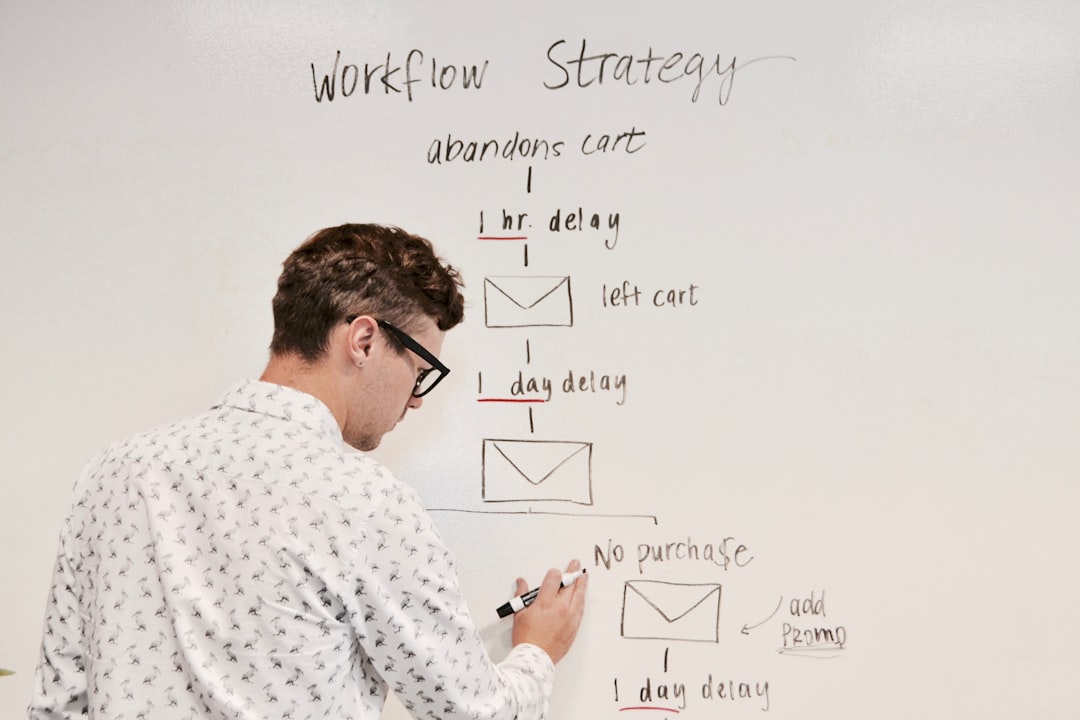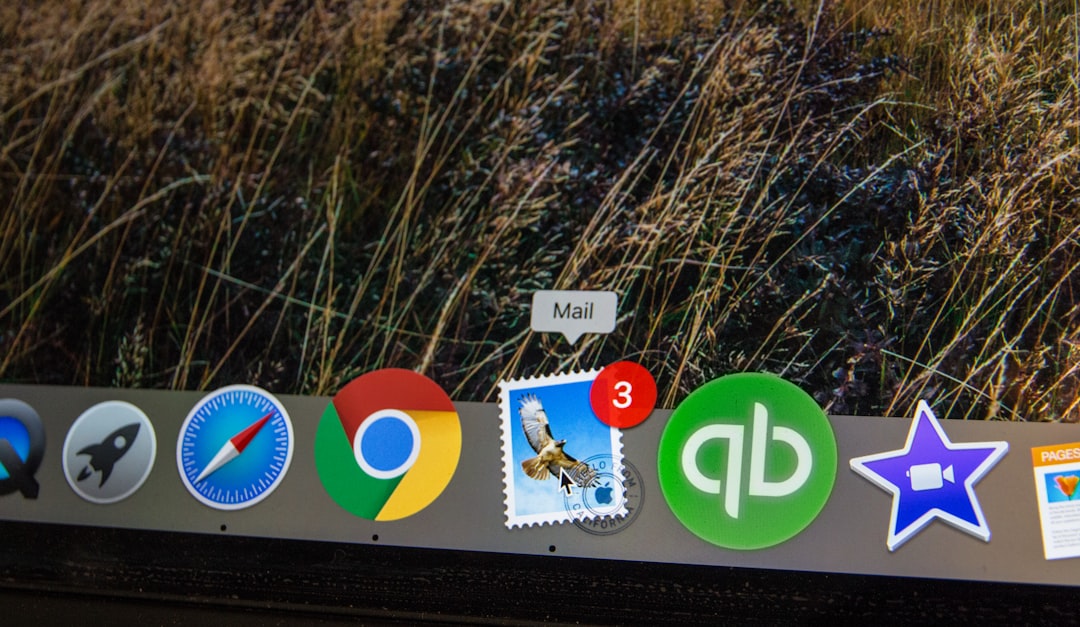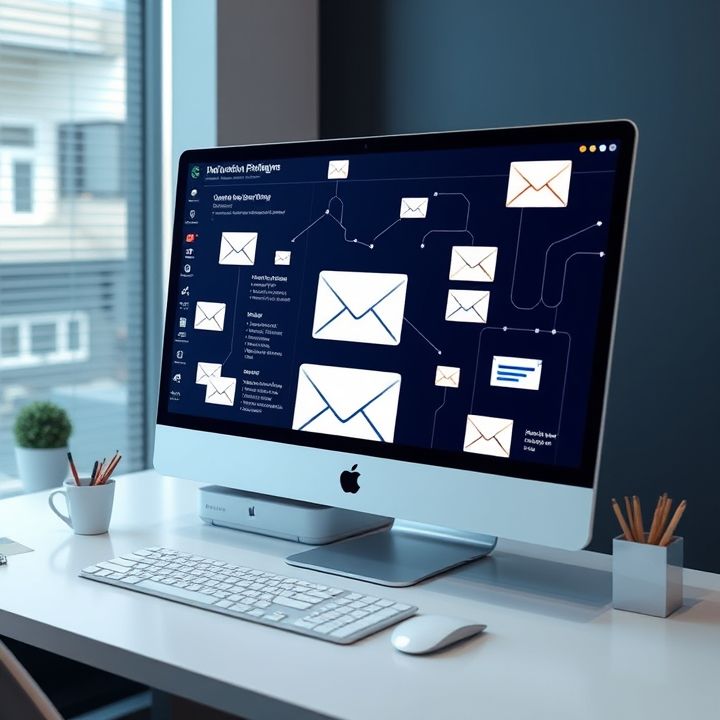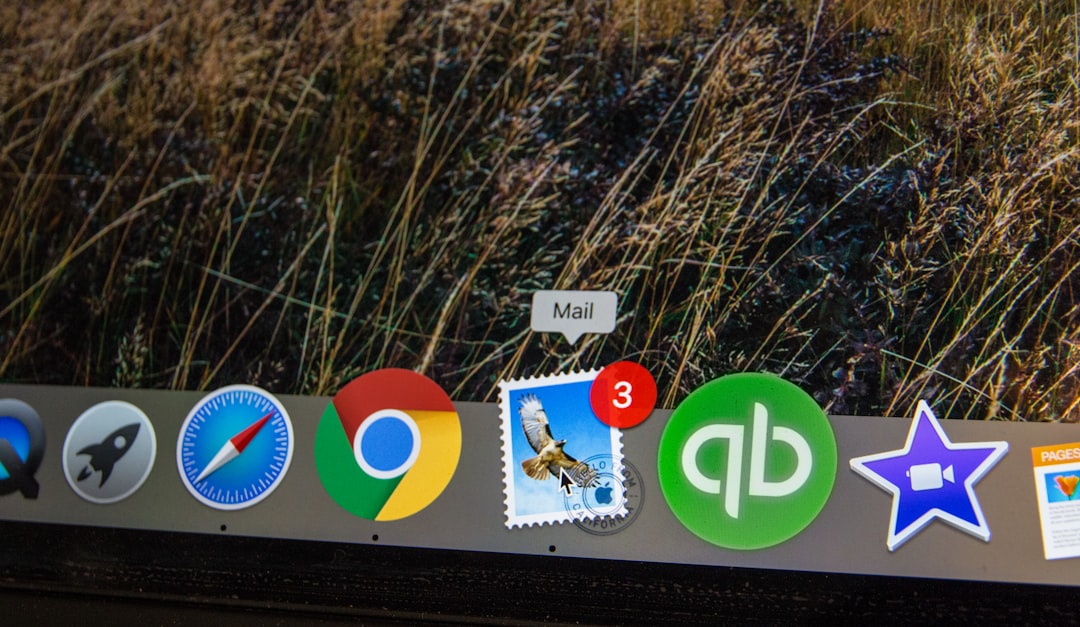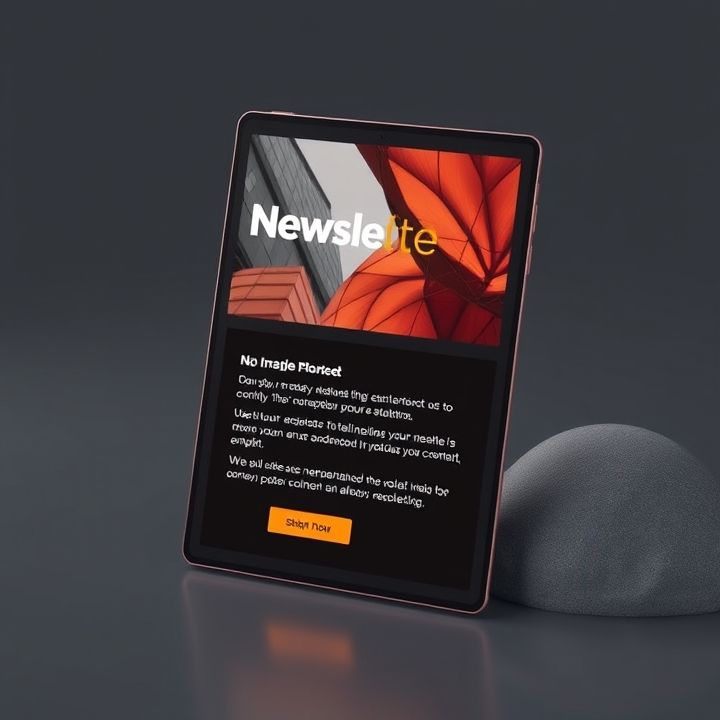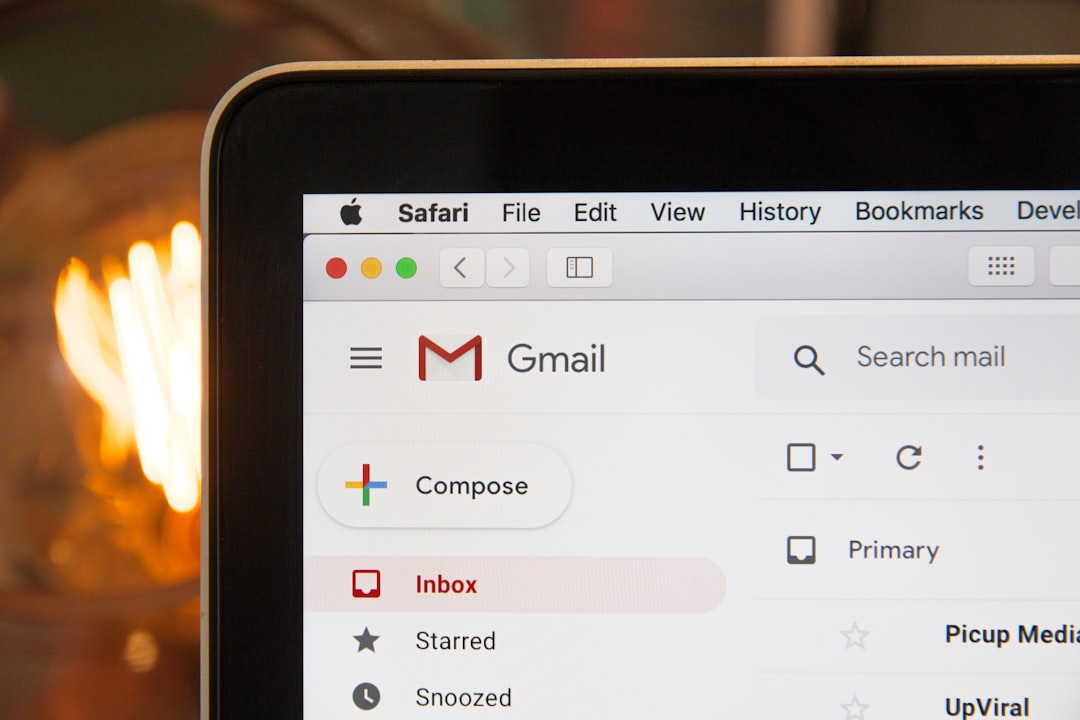Table of Contents
- Introduction
- Utilizing urgency and scarcity in pre-header text
- Personalization techniques for effective pre-headers
- Testing and analyzing different pre-header variations
- Aligning pre-header text with subject lines
- Keeping pre-header text concise and impactful
- Incorporating branding elements in pre-header text
- Using emojis and symbols strategically
- Avoiding spam triggers in pre-header text
- Conclusion
- Frequently Asked Questions
Introduction
Are you tired of watching your emails vanish into the abyss of unopened messages? Yearning to capture your audience’s attention in the split second before they hit “delete”? Welcome to your ultimate guide on mastering the subtle art of the pre-header text, an often-overlooked powerhouse in email marketing strategy. This article promises to unveil the secrets and techniques that can transform your email campaigns from mundane to magnetic.
Let’s pause for a moment and consider this: what makes a recipient click on your email amidst a sea of others? It’s all about making that first impression count.
| Tactic | Impact on Open Rates |
|---|---|
| Compelling Pre-Header Text | Significantly Increases |
| Personalization | Boosts Engagement |
| Clear Call-to-Action | Enhances Click-Through |
This table gives a sneak peek into the high-impact tactics we will explore throughout this article. Explore, implement, and expand your marketing prowess as we dive deeper into each strategy. Ready to ignite unparalleled engagement with your emails? Let’s get started!
Utilizing urgency and scarcity in pre-header text
One effective tactic for optimizing email pre-header text to boost open rates is leveraging urgency and scarcity. Creating a sense of urgency in your pre-header text can prompt immediate action from the recipients. Phrases like “limited time offer” or “only today” can encourage readers to open the email quickly to avoid missing out. Scarcity, on the other hand, involves emphasizing the limited availability of a product or offer, reinforcing its desirability. For instance, texts such as “only a few left in stock” can persuade recipients to act fast before it’s too late.
Combining both urgency and scarcity can be particularly powerful. Pre-header text like “Ending soon: last chance to grab yours” effectively conveys both aspects, driving a sense of immediate action. The key is to be genuine and transparent; misleading tactics can harm your brand’s reputation. Crafting pre-header text that genuinely reflects the time-sensitive nature of the offer, while being succinct, ensures clarity and boosts open rates. Monitoring and testing these tactics helps in refining the approach for better engagement. Utilizing urgency and scarcity in your pre-header text is a strategic way to capture attention and improve email performance.
Personalization techniques for effective pre-headers
Personalization techniques in crafting email pre-headers can significantly enhance open rates by creating a more engaging and relevant experience for recipients. A vital method is to incorporate the recipient’s name or location, making the message feel tailored and specific. For instance, a pre-header that reads, ‘Hi John, discover exclusive offers in New York,’ immediately captures attention and conveys individualized value.
Another effective technique involves leveraging user behavior data. Understanding a recipient’s past interactions, such as previous purchases or browsing history, allows businesses to craft pre-headers that resonate with current interests. For example, ‘See new arrivals based on your past shopping sprees’ directly appeals to the user’s preferences.
Furthermore, employing dynamic content in pre-headers ensures the information stays relevant and updated, which is particularly useful for time-sensitive offers or events. Combined with an element of curiosity or urgency, such as ‘Last chance to get your personalized deal,’ this strategy can compel users to open the email quickly.
Lastly, segmenting your email list and tailoring pre-headers accordingly can enhance relevance. Different segments, based on demographics or engagement levels, require distinct messaging, ensuring each recipient receives a relatable, attention-grabbing pre-header.
Testing and analyzing different pre-header variations
Testing and analyzing different pre-header variations is a crucial step in optimizing email open rates. One effective tactic is to utilize A/B testing, where you create multiple versions of the pre-header text and send them to different segments of your audience. This allows you to compare which variant resonates better with your subscribers. While conducting these tests, it is important to consider factors like length, tone, and content relevance. A succinct and engaging pre-header can complement the email subject line, motivating recipients to open the email.
Analyzing the performance of different pre-header texts through metrics like open rates and click-through rates provides valuable insights. This data helps identify which variations are more effective in capturing attention. Additionally, segmentation can be employed to test different pre-headers with specific demographics or interests, further tailoring the approach to the audience’s preferences. By continuously testing and analyzing, marketers can optimize the pre-header text to ensure it aligns with the overall email strategy and contributes positively to engagement metrics, ultimately enhancing the effectiveness of email campaigns.
Aligning pre-header text with subject lines
Aligning pre-header text with the subject lines is a crucial tactic to enhance email open rates. When crafted effectively, the pre-header acts as an extension of the subject line, providing additional context and inviting curiosity. The subject line serves to grab attention, but it’s the synergy with the pre-header that can prompt a recipient to open the email. To optimize this alignment, it’s essential to ensure that the pre-header complements and expands on the subject line rather than repeating it. This enables you to utilize the limited space effectively by offering new information or creating urgency. Moreover, both the subject line and pre-header should reflect the content of the email, maintaining a consistent and coherent message that resonates with the audience’s expectations. Personalization is another effective strategy. Incorporating the recipient’s name or addressing specific interests can make the message feel tailor-made, enhancing engagement. To achieve the best results, A/B testing different combinations of subject lines and pre-headers can provide valuable insights into what resonates most with your audience, allowing for continual refinement and improvement.
Keeping pre-header text concise and impactful
To optimize email pre-header text and increase open rates, it’s essential to keep it concise and impactful. The pre-header functions as a teaser that complements the subject line, providing recipients with a glimpse of the email content. Therefore, making it succinct while still delivering a powerful message is key. Aim for 40-50 characters, as this aligns with most email clients’ display capabilities. Short, punchy phrases can make a significant difference in capturing attention.
Additionally, the pre-header should align with the subject line, yet offer something new to intrigue the reader further. Incorporating a call-to-action or highlighting the benefit can make the pre-header more engaging. For instance, if the subject line is about a special offer, the pre-header might specify the discount percentage or deadline, creating urgency.
Personalization is another tactic to consider. Using the recipient’s name or referencing their past interactions with your brand can make the email feel more relevant and increase the chances of an open. A/B testing different versions can also provide insights into what resonates most with your audience, allowing for continual refinement. By keeping the pre-header text concise, relevant, and engaging, you can enhance its impact and improve your email’s open rate.
Incorporating branding elements in pre-header text
Incorporating branding elements in the pre-header text of an email is a subtle yet effective way to enhance brand recognition and drive open rates. While the subject line grabs immediate attention, the pre-header text serves as a supporting role, offering an additional layer of information that can entice the recipient to open the email. By inserting elements of your brand’s identity into this space, you create a seamless transition from the subject line and maintain brand consistency.
Using a brand’s unique tone of voice in the pre-header text can make the message instantly recognizable. Include key phrases or values that align with what your brand represents. Additionally, incorporating a call-to-action that reflects the brand’s style can prompt engagement from the reader. Also, visually, the text should mirror the brand’s typography and color schemes if supported by the email client.
Moreover, pre-header text offers a chance to promote exclusive brand offerings like a unique discount, early access to sales, or specialized content that customers associate with your brand. This can establish exclusivity and urgency linked with your brand identity. Hence, leveraging pre-header text effectively becomes a bridge that not only supports the subject line but reinforces brand awareness.
Using emojis and symbols strategically
Using emojis and symbols strategically in email pre-header text can significantly enhance open rates by capturing attention and adding personality to your messages. Emojis can convey emotions or highlight specific aspects of your message that words alone might not fully express. For example, using a heart emoji can denote love or care, while a clock might suggest urgency or time sensitivity. However, it is important to use these symbols judiciously to ensure they align with your brand ethos and message tone. Overuse or inappropriate choices can lead to mixed messages or detract from professionalism, especially in certain industries.
Moreover, emojis can help your emails stand out in a crowded inbox, particularly on mobile devices where pre-header text acts as a valuable space to grab attention. Combining relevant symbols with compelling language can create intrigue and encourage more recipients to open your email. Testing different emojis and symbols allows for optimization that can lead to measurable improvements in engagement.
Ultimately, the key to leveraging emojis and symbols effectively lies in understanding your audience and maintaining consistency with your overall communication strategy. By balancing creativity with clarity, you can make your email pre-headers more appealing and effective.
Avoiding spam triggers in pre-header text
One of the critical aspects of optimizing email pre-header text to increase open rates is avoiding spam triggers. Spam filters are designed to detect and block emails that appear suspicious or contain certain keywords commonly associated with spam. Therefore, crafting a pre-header text that steers clear of these triggers is vital.
First, avoid using words and phrases such as ‘free’, ‘urgent’, ‘act now’, or ‘limited time offer’. These are notorious for activating spam filters. Instead, opt for language that is natural and offers valuable insights into the email’s content without sounding overly promotional.
Second, be mindful of excessive punctuation and capitalization. Using all caps can make your email seem aggressive, while too many exclamation points can appear unprofessional or pushy.
It’s also essential to match your pre-header text with the subject line. Consistency assures the recipient that the email is legitimate and adds relevance to your message.
Lastly, personalizing the pre-header with the recipient’s name or interests can help your email bypass spam filters while grabbing the reader’s attention. Remember, the pre-header is also a chance to convey urgency or excitement subtly without setting off alarms for spam detectors.
Conclusion
Unlocking the secret to skyrocketing your email open rates begins with mastering the art of crafting irresistible pre-header text. By integrating urgency and scarcity, personalizing messages, and aligning pre-header content with subject lines, you can significantly enhance the appeal of your emails. Consistency and coherence between the subject line and pre-header ensure your audience receives a seamless message that resonates with their interests.
Testing and analyzing different pre-header variations allow for data-driven optimizations, ensuring your approaches remain effective and engaging. Another consideration is avoiding spam triggers; strategically choosing language and symbols can ensure your messages reach the intended inboxes, not spam folders. By incorporating branding and personal touches such as emojis thoughtfully, you can elevate your pre-headers above the competition.
In essence, by keeping pre-header text concise, impactful, and relevant, you create an additional layer of attraction that supports your email’s success. Turning these insights into practical strategy will ensure you capture and retain your audience’s attention, ultimately driving higher engagement and conversions.


